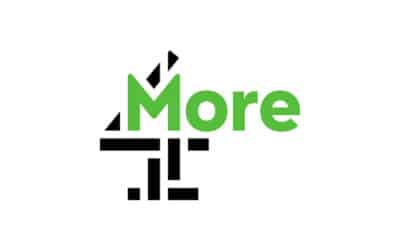Each Friday, Points North gives a senior media figure a platform to air their views on a topical or relevant issue.
This week it’s Chris Thorpe, founder of I Can Make and the former CTO of Mind Candy, who will be speaking at Beyond The Screen, Beyond Social: What’s Next for Media and Marketing? on November 26. He asks what the advent of 3D printing means for brands.
At the launch of the iPod in 2001, Steve Jobs introduced us to three words which over time struck terror in the minds of the music industry: Rip, mix, burn.
The music industry mistakenly saw this as an invocation to piracy; Jobs intended it as a mantra for people to choose how they enjoyed the music they owned. After all, you had to possess something to rip it. Admittedly they didn’t like what some people did next.
Over the past few decades many industries – music, movies, news – have pointed at the digitisation of things as the point at which piracy occurs. They’re pointing in the wrong place. The place they need to look is where digital files are sold (or more precisely the hole in society where they’re not).

Why am I telling you this? You know all of this right? You understand screens, digital, social, mobile, convergence and all those good things, right?
The reason I’m telling you is that the age of “rip, mix, burn” for the physical world is just around the corners. 3D printers can make complex objects and their “partners in crime” 3D scanners can capture reality. How do I know? I’ve laser-scanned a full sized Victorian steam train and made a replacement stainless steel part out of the data.
Rip. Mix. Burn.
So what does this mean for brands? Where do you stand and where are the opportunities, the threats? The threats always seem larger when new things become digital. How will we control what people do?
The answer is you never can. Copyright is a contract where the publisher promises to publish and the audience promises to pay. If the publisher doesn’t publish, what is the audience to do? The threats are the same as ever: if you don’t listen to your audience and get ahead of their behaviour, then they’ll dictate the rules. The clue is this – their behaviour in a new medium is likely to be the same as it was in others. If you make a thing, they’ll want to buy it, just digitally.
In my mind it’s simple. If you make a physical thing and you can legally sell the digital files for it, do so. If you’re a brand with a digital property (kids TV, games etc), sell digital files people can print, or turn them into product marketing where people can fall in love with your products.
If you’re a kids magazine publisher at some point you’ll stop putting plastic in a bag on the front of the cover of the magazine and have a download code, the environment will love you and the kids will have the wonder of seeing their toys appear.
3D printers are just content playback devices. See them as a CD player that makes physical things and then realise that the next new thing is just like the last old thing, dependent on content and full of consumers who you’ll want to sell to.
Chris Thorpe is the founder of I Can Make. Early bird tickets for the Beyond The Screen, Beyond Social event can still be bought here.








